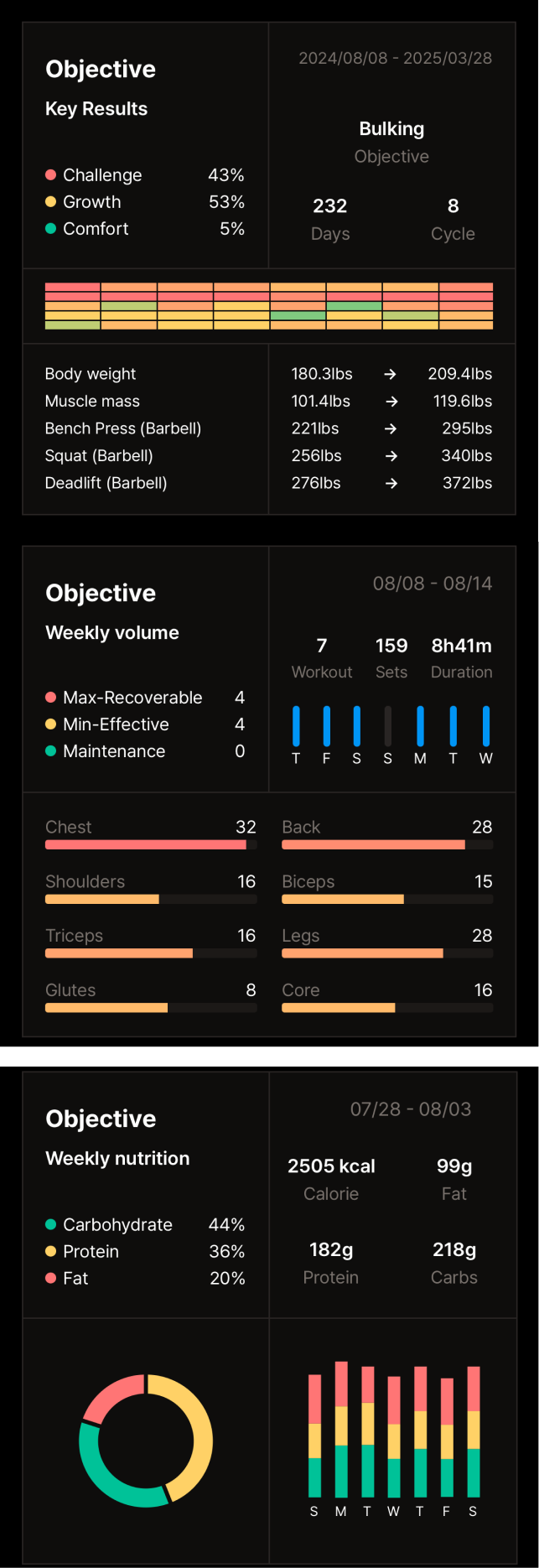Intermittent Fasting & Carb Cycling
Understanding Intermittent Fasting
What is Intermittent Fasting?
Intermittent fasting (IF) is a dietary pattern that cycles between periods of eating and voluntary fasting on a regular schedule. It's not about what you eat, but when you eat. Popular protocols include the 16/8 method (eating within an 8-hour window and fasting for 16), the 5:2 diet (eating normally for five days and restricting calories to 500-600 for two), and the Eat-Stop-Eat method (fasting for 24 hours once or twice a week).
Benefits and Science of Intermittent Fasting
Intermittent fasting offers a range of benefits, including improved insulin sensitivity, enhanced fat burning, and increased metabolic flexibility. Insulin sensitivity refers to how effectively your body uses insulin to regulate blood sugar levels. Studies have shown that IF can improve insulin sensitivity, reducing the risk of type 2 diabetes. Furthermore, during fasting periods, the body shifts to burning stored fat for energy, which can contribute to weight loss.
Exploring Carb Cycling
What is Carb Cycling?
Carb cycling is a dietary strategy that involves alternating between high-carb and low-carb days. It's not about eliminating carbs entirely, but strategically manipulating their intake to optimize energy levels and body composition. This approach can be customized based on individual activity levels, fitness goals, and metabolic needs. 
Benefits of Carb Cycling
Carb cycling offers several advantages, including enhanced muscle recovery, potential fat loss, and improved energy management. On high-carb days, the increased carbohydrate intake replenishes glycogen stores, which are crucial for muscle recovery after intense workouts. Low-carb days may promote fat burning by encouraging the body to utilize stored fat as fuel. This strategic manipulation of carb intake can also improve metabolic flexibility, allowing the body to efficiently switch between using carbohydrates and fats for energy. 
Combining Intermittent Fasting with Carb Cycling
Why Combine These Strategies?
The combination of intermittent fasting and carb cycling may enhance the benefits of each approach, potentially leading to increased weight loss and sustained energy levels. Intermittent fasting creates a metabolic environment that may be conducive to fat burning, while carb cycling provides the fuel needed for workouts and recovery, helping to prevent muscle loss. This combination can be adapted to various lifestyles, from busy professionals to dedicated athletes. 
Creating a Balanced Schedule
A sample weekly schedule could involve fasting for 16 hours daily (16/8 method) and cycling carbs as follows: Monday and Wednesday (high-carb), Tuesday and Thursday (moderate-carb), Friday and Saturday (low-carb), and Sunday (moderate-carb). This schedule allows for higher carb intake on days with more intense physical activity, supporting performance and recovery. Meal planning is crucial, focusing on nutrient-dense foods and adjusting portion sizes based on carb intake for each day.
Practical Tips and Considerations
Starting with Intermittent Fasting and Carb Cycling
Beginners should start gradually. For intermittent fasting, try shortening the eating window by an hour each day until reaching the desired fasting period. For carb cycling, start by slightly reducing carbs on designated low-carb days and gradually increase the difference between high and low-carb days. Monitoring progress through journaling and regular weigh-ins can help adjust the plan as needed.
Addressing Common Challenges
Common challenges include hunger pangs during fasting periods, navigating social eating situations, and maintaining motivation. Strategies to overcome these hurdles include drinking plenty of water, consuming high-fiber foods during eating windows, planning social meals strategically, and finding an accountability partner.
Safety and Health Considerations
Consulting with a healthcare professional before starting any new dietary regimen is essential. Individuals with certain medical conditions, such as diabetes, eating disorders, or pregnant or breastfeeding women, should consult their doctor before trying these strategies. It's vital to prioritize safety and individual health needs.
Conclusion
Intermittent fasting and carb cycling are dietary strategies that some people use for enhancing health and achieving fitness goals. They offer a flexible approach to eating that can be tailored to individual needs and preferences. Remember to approach these strategies thoughtfully, prioritize gradual implementation, and seek personalized guidance from a registered dietitian or other qualified healthcare professional. By embracing these dietary patterns mindfully and with professional guidance, you can explore potential long-term benefits, and work towards optimizing your overall well-being. Consider exploring further research and resources to deepen your understanding and embark on a journey towards a healthier, more energized you.

